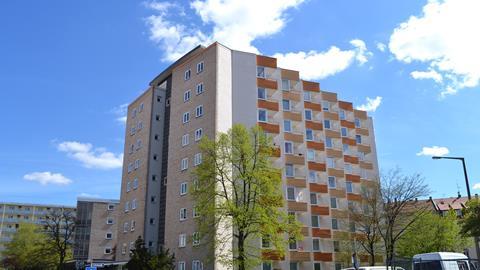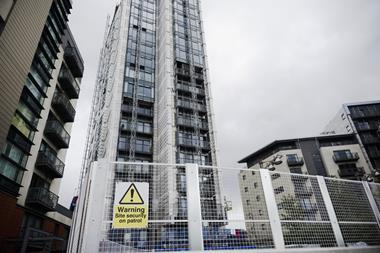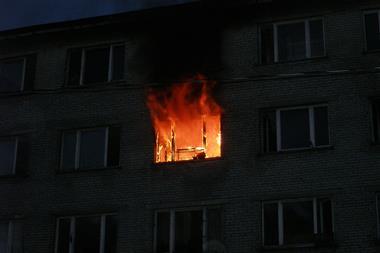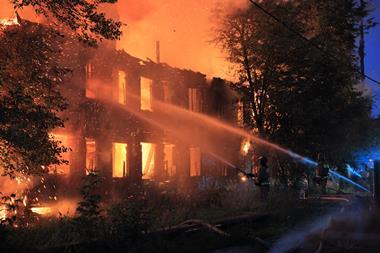MMCs are a solution to the UK housing crisis allowing for quick and cheap construction, but are they safe and what risks do they pose for the insurance sector?
In April, the ABI called for more data about modern methods of construction (MMC) in a bid to underwrite risk more accurately and therefore offer better premiums to customers.
On a broad basis, MMC, also known as ‘smart construction’ was put forward as a solution to the UK’s housing crisis which sought a joined-up effort to meet the government’s targets for building new homes. This figure currently stands at around 300,000 homes by the mid-2020s.
MMC refers to a method of delivering housing quickly, cheaply and more sustainably using non-brick or block technology. It is based on the principle of offsite construction where parts of a building are manufactured away from the location that they will be assembled in.
But as MMC is relatively new, not enough data has been collected on it, which can cause complications when assessing risk and having the knowledge of what needs to be replaced in the event of a claim.
Working group
At the end of 2017 the UK government launched a cross-industry working group following the publication of a housing white paper. It was tasked with supporting insurance and mortgage finance while promoting the use of MMCs.
The ABI advocated more rigorous testing of products to ensure fire safety of building and its inhabitants, more data about MMCs to better inform insurers, while also proposing a ban on all combustible materials.
Raising awareness
Alison Whittington, head of housing at Zurich Municipal, told Insurance Times that one of the reasons it is raising awareness is because most people are unable to tell whether a building is made from brick or MMC and therefore not prepared for the risks. This awareness can also benefit property owners undertaking renovation as well as better preparing the fire brigade to deal with fires.
She said Zurich’s work on MMCs began when a customer raised the issue of a property with a lightweight timber frame that had no fire stopping – where openings are sealed off – and had bolts missing. Advising the customer to contact their local fire brigade, Zurich looked further into it.
Whittington said that it was not an isolated case, “as we use more and more non-brick and block building techniques, we need to make sure that they are built in a way that is just as safe as any other property.” As MMC is relatively new there are different risks to consider.
The obvious issue with a timber frame is that it is combustible, so fire protection needs to be in place and considered by both designers and contractors.
Stuart Blackie, property risk expert and part of the MHCLG working group, added that the problem is trying to “unpick the nuances of an MMC-built dwelling over its life span”.
Ambiguous definition
One of the problems with MMC is that there is no universally agreed definition of what it is – a point the Building Society Association raised back in 2016.
Although a loose definition is anything not built from brick or block, the term covers many different construction methods and there is a debate even within the construction industry about what it is.
The building industry refers to MMC being about better products and processes that aim to improve areas like sustainability and environmental performance – with off-site construction a key factor.
The ABI said that the lack of data was a major issue for the insurance industry as the potential risks for certain materials – for example the risk of cladding being combustible as in the Grenfell Tower fire – remain unknown, making them hard to underwrite.
This meant insurers were taking ‘a bit of a gamble’ with underwriting in these areas so premiums could be inaccurate and higher for customers.
James Dalton, ABI director of general insurance policy, said in a recent parliamentary briefing that while the insurance industry wants to be an “enabler” of the development of MMCs, it needed more data.
Dalton said: “One of the challenges that the industry is grappling with as well as others in the HCLGC working group on this peril is to better understand the risks posed to buildings composed of MMC material”, such as how the product, building or house as an overall structure might respond to wind, fire or storms
Hosted by comedian and actor Tom Allen, 34 Gold, 23 Silver and 22 Bronze awards were handed out across an amazing 34 categories recognising brilliance and innovation right across the breadth of UK general insurance.




















































No comments yet